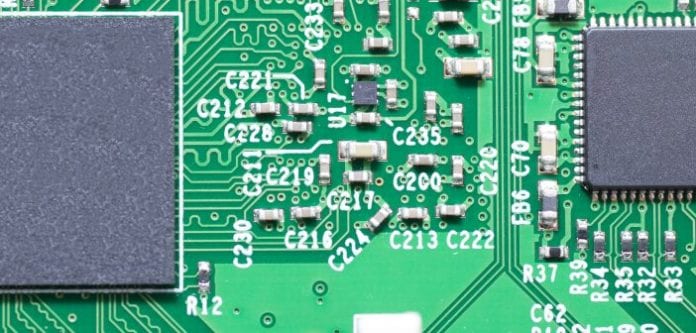1. Broadcom and Macom are both expected to sell business units that have been trying to compete with Intel in the market for chips that power data center servers. Macom is buying Applied Micro for $770 million and will sell that company’s X-Gene unit, which develops ARM-based system-on-chips for servers. Broadcom has made no announcement about a sale of its server chip unit, but engineers from that division are reportedly circulating their resumes, and at least one company, Cavium, is said to be considering a bid for the intellectual property associated with Broadcom’s ARM-based server chip.
2. Some iPhone 7 and 7 Plus users may be paying a price for Apple’s move to diversify its chipset suppliers. First came suggestions that Apple has purposely disabled features of Qualcomm’s X12 LTE modem in the iPhone 7 models sold by Verizon Wireless, thereby making the phones equal in performance to the models sold by AT&T Mobility and T-Mobile US, which use Intel modems. Then came a report on graphics processor performance from semiconductor analyst Linley Gwennap.
“The Qualcomm Snapdragon 820 tops the list in graphics performance,” Gwennap wrote. Apple, however, chose to use a custom version of Imagination’s PowerVR GT7600 GPU in its A10 Fusion chip inside the iPhone 7.
3. MediaTek says it will have a chipset for the connected car on the market by early next year. The Taiwanese company said its solution will support vision-based advanced driver assistance systems, high-precision millimeter wave radar, in-vehicle infotainment and telematics. MediaTek’s automotive business is moving into the fast lane alongside NXP, which acquired Freescale and is now set to be bought by Qualcomm; and Intel, which said this week it will launch a new division focused on automated cars.
4. Qualcomm 1, a drone connected to cellular networks, is helping the chipmaker demonstrate for the Federal Aviation Administration how the devices can navigate the skies without a human observer. Current FAA regulations require drone operators to keep their aircraft within line of sight. Abandoning the line-of-sight rule would open up many new opportunities for drones, including the opportunity for robots to pilot drones. Drone service providers like Hangar Technologies are focusing on autonomous drones, which they say can navigate and collect data more efficiently than pilot-operated drones.
5. President-elect Donald Trump may play a role in moving the drone industry away from the line-of-sight rule. According to Recode, Trump’s idea of privatizing the air traffic control industry could expedite the development of a national system for drone tracking.

